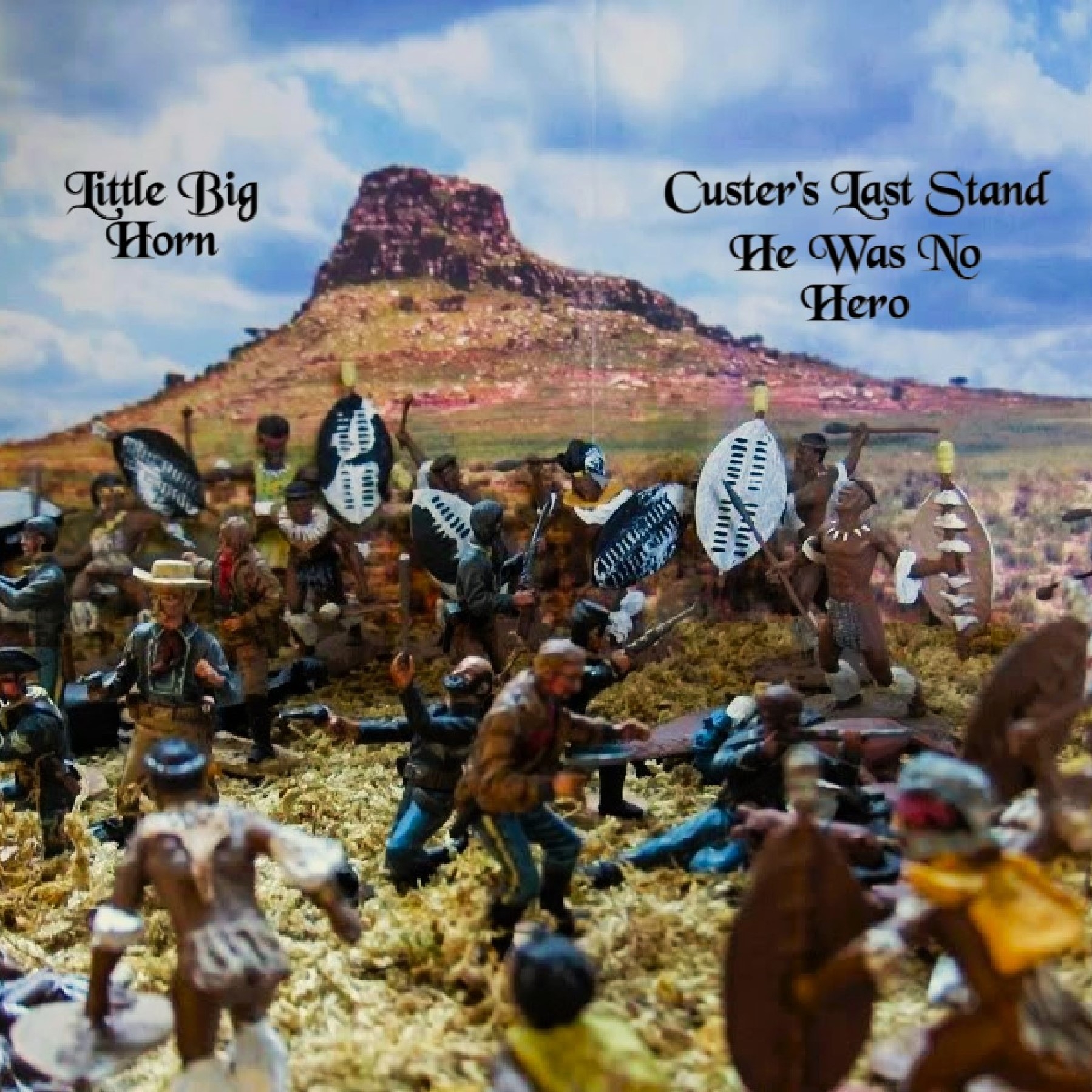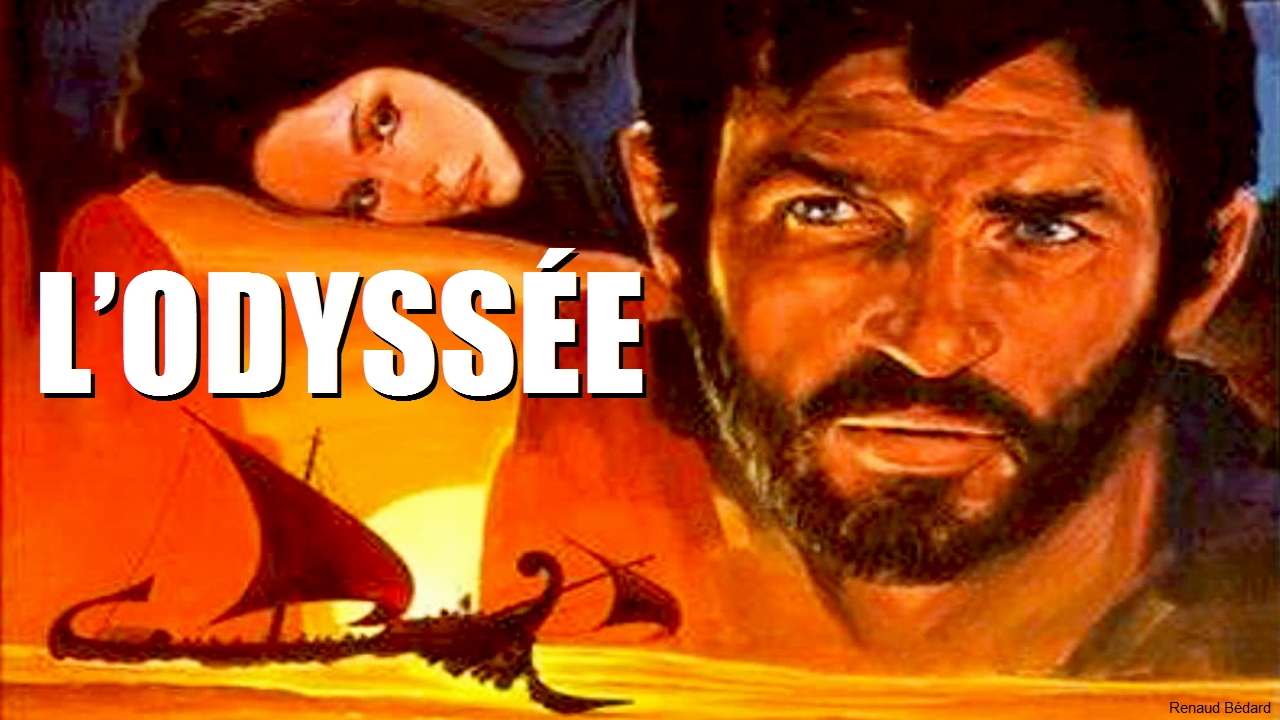S.W.I.N.E. Revisited: Students Wildly Indignant about Nearly Everything
In the 1960's, Salomey traveled to "Boarkley" (Berkeley) to undergo her "boar mitzvah." There she encountered Cartoonist Al Capp's burlesque of the youth movement: S.W.I.N.E. Students Wildly Indignant about Nearly Everything was a parody of campus radicals, specifically the S.D.S. (Students for a Democratic Society). The movement has since morphed into the Marxist far left radicals of today known as Antifa and Black Lives Matter (BLM) which are openly Marxist and extremely violent and oppressive, yet all at the same time, left wing democrats use the old Nazi propaganda tactic of accusing the right of what they themselves are guilty of. The modern American "Progressive" democrat party is the most regressive political party on the planet. Stalin, Lenin, and Hitler would be proud!
About those radical Republicans:
Republican President Ulysses S. Grant deployed U.S. troops on October 18, 1871 to combat violence against African Americans. Democrats called white Republicans "radicals" and lynched them along with the blacks. The Tuskegee Institute recorded from 1882-1968, 3,446 blacks and 1,297 whites were lynched - the whites being "radical" Republicans who were caught registering freed black slaves to vote.
“Those who cannot remember the past are condemned to repeat it." -George Santayana
The problem is, democrats choose not to remember it and have been attempting to rewrite history since the end of the American Civil War.
Enter the Democratic Party - The Party of the Ku Klux Klan.
https://rumble.com/v296m1y-s.w.i.n.e.-revisited-students-wildly-indignant-about-nearly-everything.html
In the 1960's, Salomey traveled to "Boarkley" (Berkeley) to undergo her "boar mitzvah." There she encountered Cartoonist Al Capp's burlesque of the youth movement: S.W.I.N.E. Students Wildly Indignant about Nearly Everything was a parody of campus radicals, specifically the S.D.S. (Students for a Democratic Society). The movement has since morphed into the Marxist far left radicals of today known as Antifa and Black Lives Matter (BLM) which are openly Marxist and extremely violent and oppressive, yet all at the same time, left wing democrats use the old Nazi propaganda tactic of accusing the right of what they themselves are guilty of. The modern American "Progressive" democrat party is the most regressive political party on the planet. Stalin, Lenin, and Hitler would be proud!
About those radical Republicans:
Republican President Ulysses S. Grant deployed U.S. troops on October 18, 1871 to combat violence against African Americans. Democrats called white Republicans "radicals" and lynched them along with the blacks. The Tuskegee Institute recorded from 1882-1968, 3,446 blacks and 1,297 whites were lynched - the whites being "radical" Republicans who were caught registering freed black slaves to vote.
“Those who cannot remember the past are condemned to repeat it." -George Santayana
The problem is, democrats choose not to remember it and have been attempting to rewrite history since the end of the American Civil War.
Enter the Democratic Party - The Party of the Ku Klux Klan.
https://rumble.com/v296m1y-s.w.i.n.e.-revisited-students-wildly-indignant-about-nearly-everything.html
S.W.I.N.E. Revisited: Students Wildly Indignant about Nearly Everything
In the 1960's, Salomey traveled to "Boarkley" (Berkeley) to undergo her "boar mitzvah." There she encountered Cartoonist Al Capp's burlesque of the youth movement: S.W.I.N.E. Students Wildly Indignant about Nearly Everything was a parody of campus radicals, specifically the S.D.S. (Students for a Democratic Society). The movement has since morphed into the Marxist far left radicals of today known as Antifa and Black Lives Matter (BLM) which are openly Marxist and extremely violent and oppressive, yet all at the same time, left wing democrats use the old Nazi propaganda tactic of accusing the right of what they themselves are guilty of. The modern American "Progressive" democrat party is the most regressive political party on the planet. Stalin, Lenin, and Hitler would be proud!
About those radical Republicans:
Republican President Ulysses S. Grant deployed U.S. troops on October 18, 1871 to combat violence against African Americans. Democrats called white Republicans "radicals" and lynched them along with the blacks. The Tuskegee Institute recorded from 1882-1968, 3,446 blacks and 1,297 whites were lynched - the whites being "radical" Republicans who were caught registering freed black slaves to vote.
“Those who cannot remember the past are condemned to repeat it." -George Santayana
The problem is, democrats choose not to remember it and have been attempting to rewrite history since the end of the American Civil War.
Enter the Democratic Party - The Party of the Ku Klux Klan.
https://rumble.com/v296m1y-s.w.i.n.e.-revisited-students-wildly-indignant-about-nearly-everything.html









